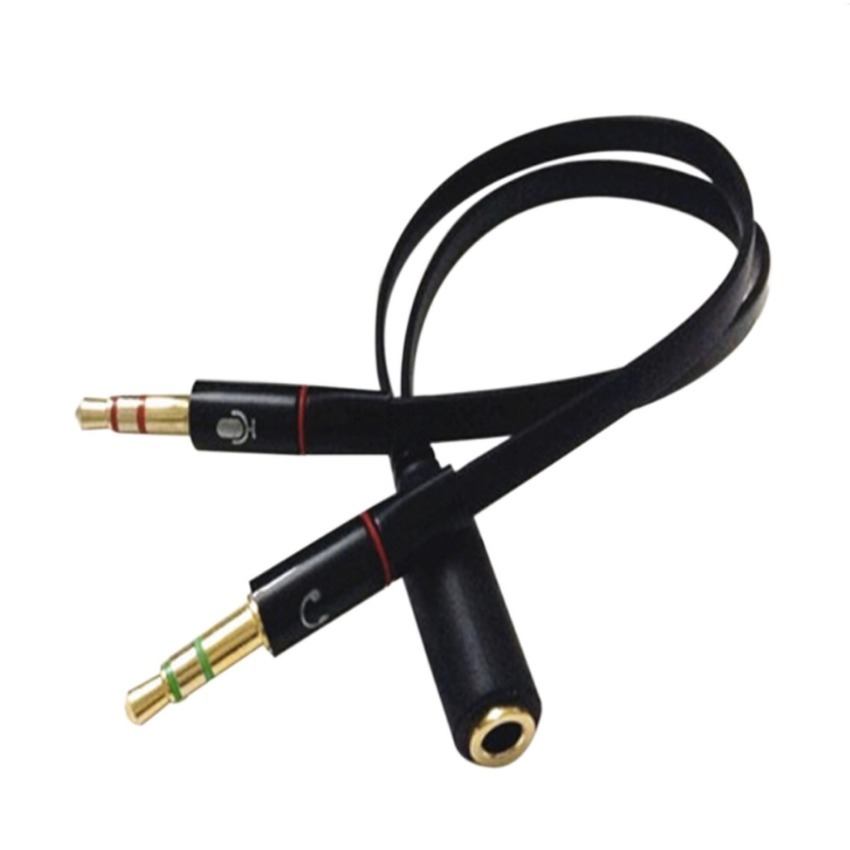

As a result, you’ll lose one audio channel and get reduced audio output because the TS plug doesn’t support stereo sound the way a TRS plug does.

The TRS-type plug can only be used for either microphone input or stereo audio input, and not both.

TRS plugs come in different sizes ranging from 6.35mm to 2.5mm, the most familiar being the 3.5mm plug, which is commonly used for headphones. The tip transmits the left audio output, while the ring transmits the right audio output. TRS plugs have three contacts designed to transmit stereo or balanced signals. Close look at TRS cable plug (From: Pixabay).Ī TRS plug consists of one tip (T), a ring (R), and a sleeve (S), and is easily identifiable by the two black bands around it. To learn more about balanced and unbalanced signals, you can check out our detailed write-up about it here. TS plugs are commonly used for hooking up a guitar to an amp or audio interface. Because it only has two contact points, it’s primarily used for unbalanced mono signals or signals that originate from one audio channel. Close look at TS cable plug (From: Pixabay).Ī TS plug has one tip (T), one sleeve (S), and no rings. The ‘T’ stands for ‘tip,’ the ‘S’ for ‘sleeve,’ and the ‘R’ for ‘ring.’Įach contact point transmits a specific audio signal, while the sleeve acts as the return path and the ground.

They’re at the end of every single pair of headphones or earphones you’ve ever owned, and on the wires that you plug into your phone, speakers, laptops when you want to listen to something. These letters refer to the different connector types or plugs that transmit audio signals between devices.
MIC AUDIO SPLITTER HOW TO
MIC AUDIO SPLITTER FOR MAC
How to Use Your Headphones as Mic for Mac.
MIC AUDIO SPLITTER PC


 0 kommentar(er)
0 kommentar(er)
